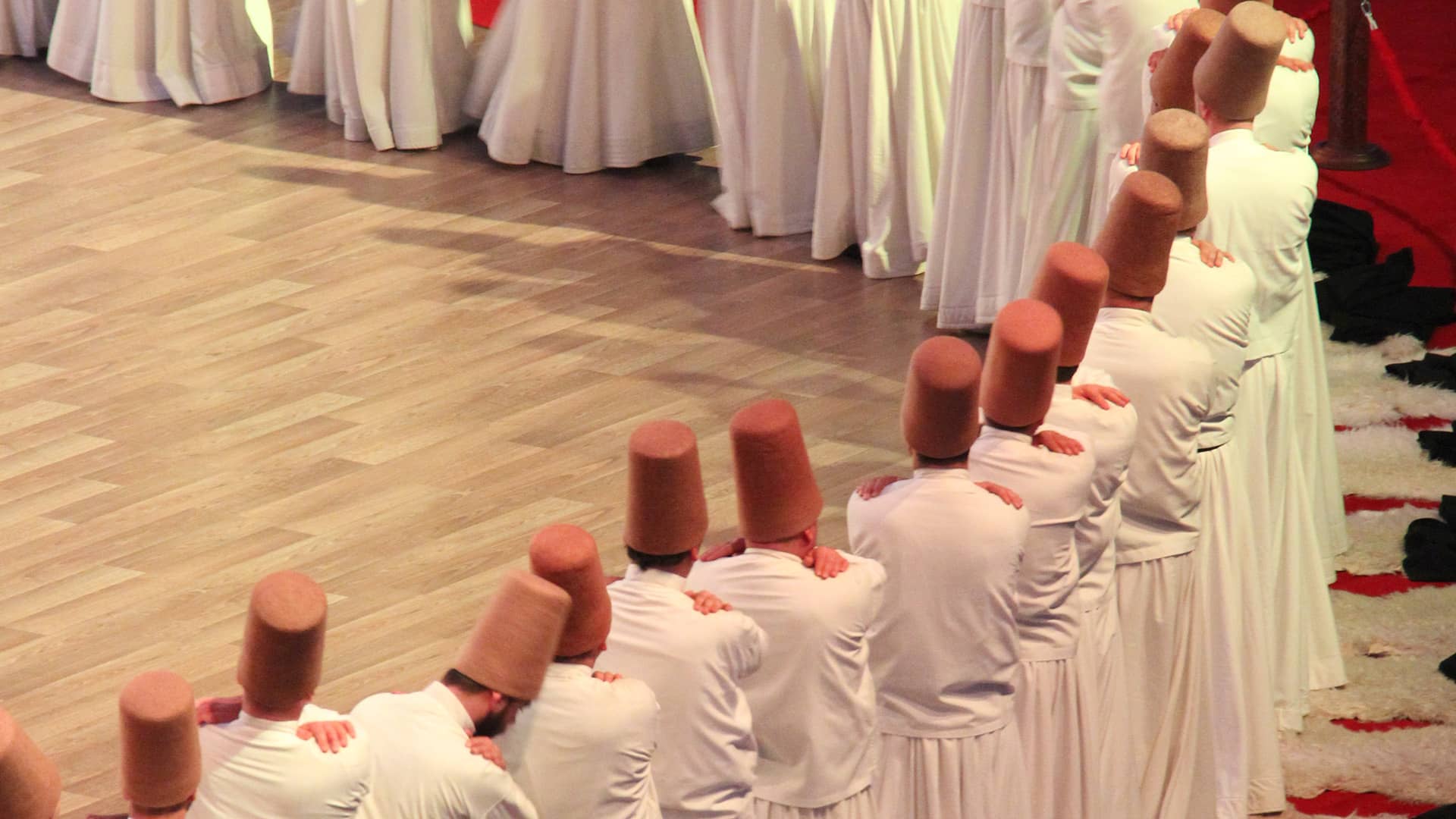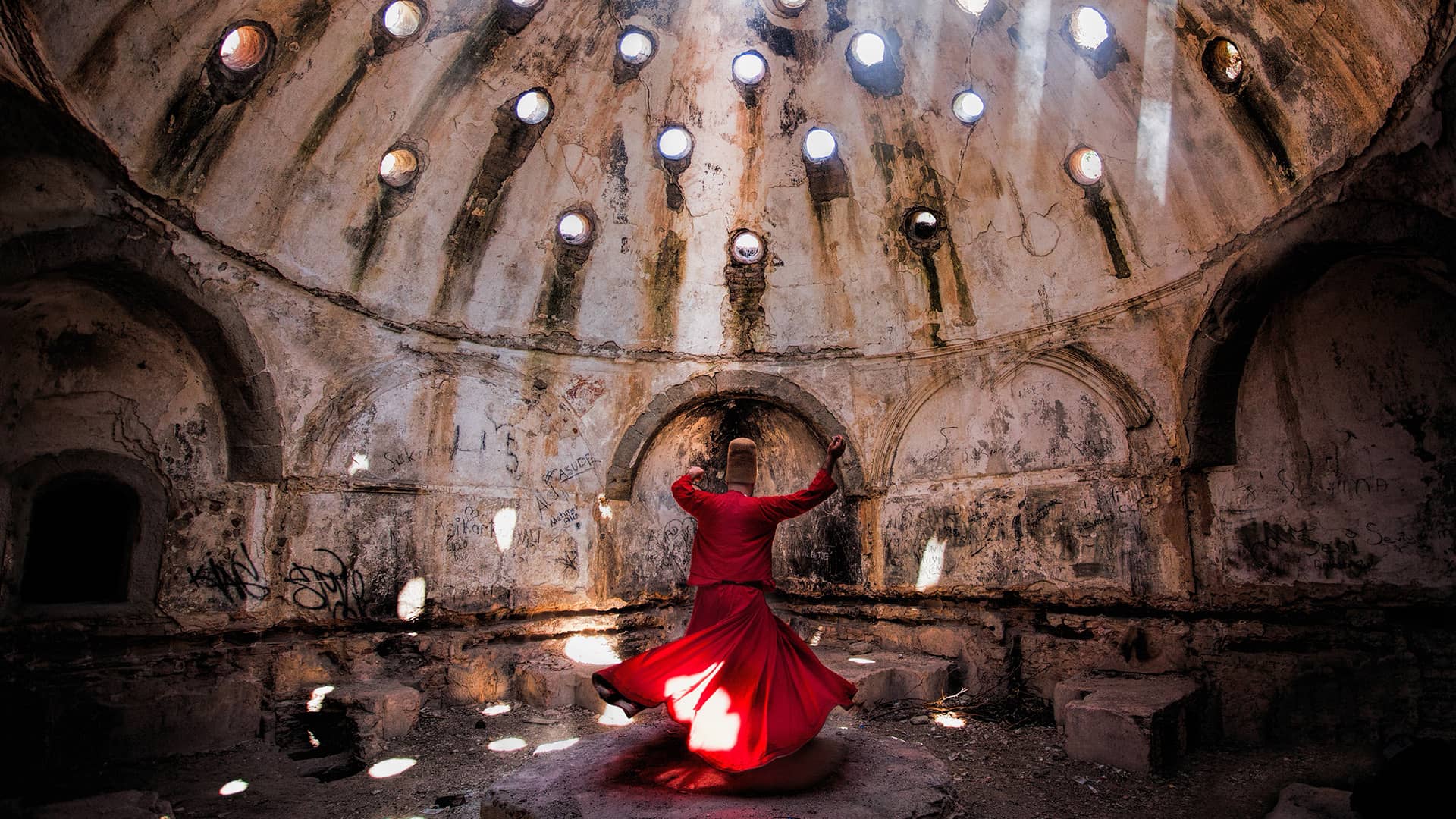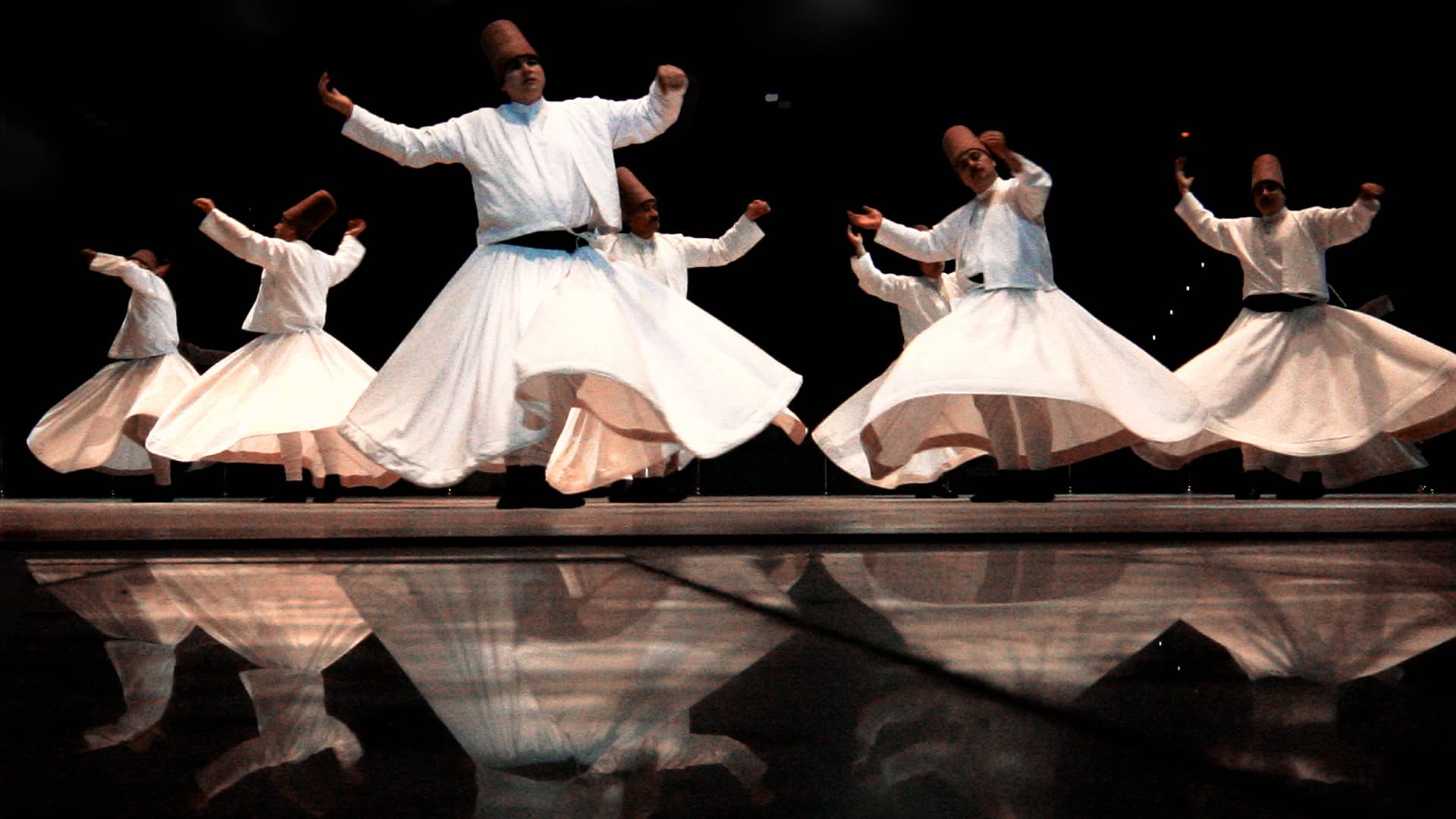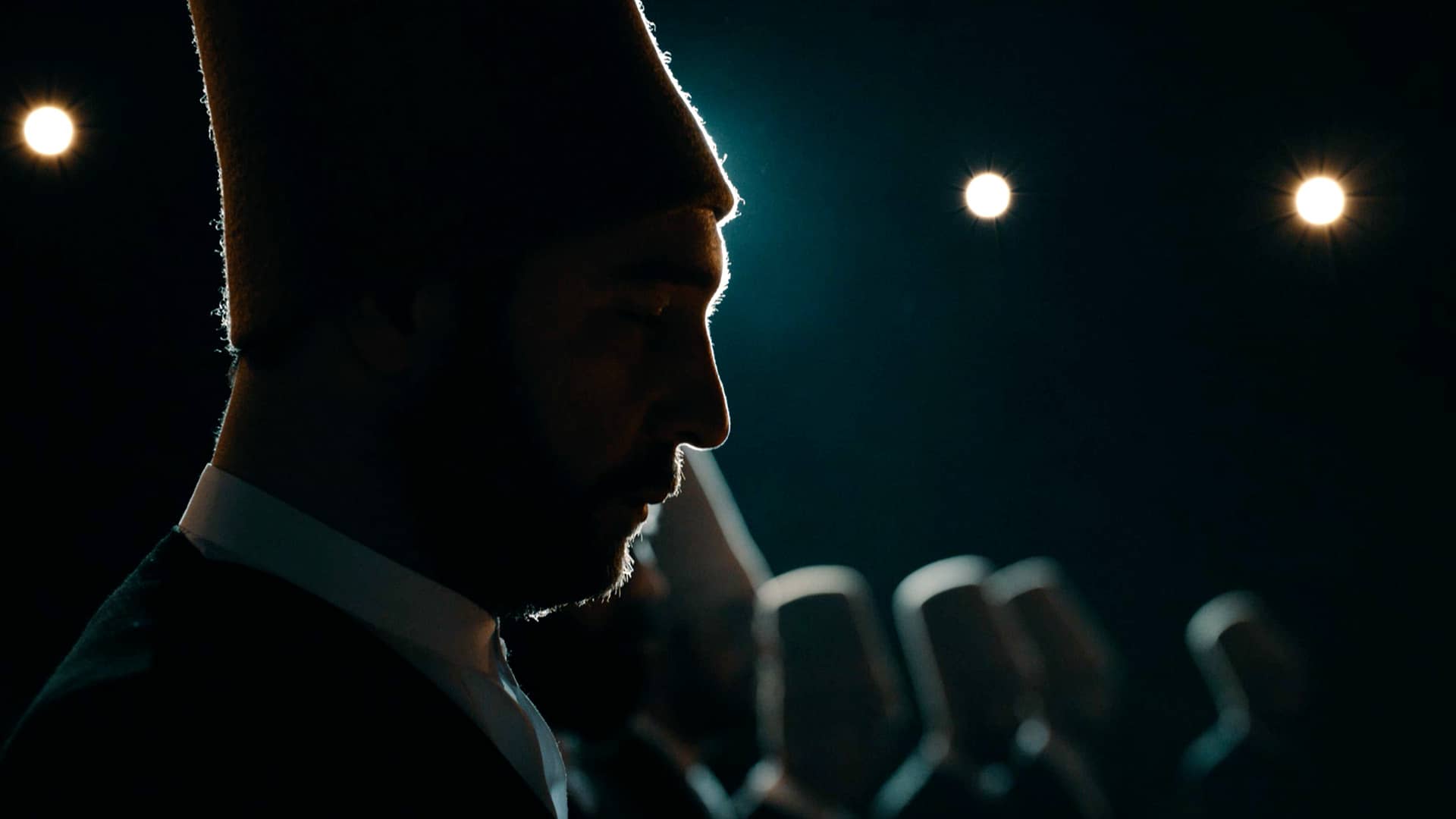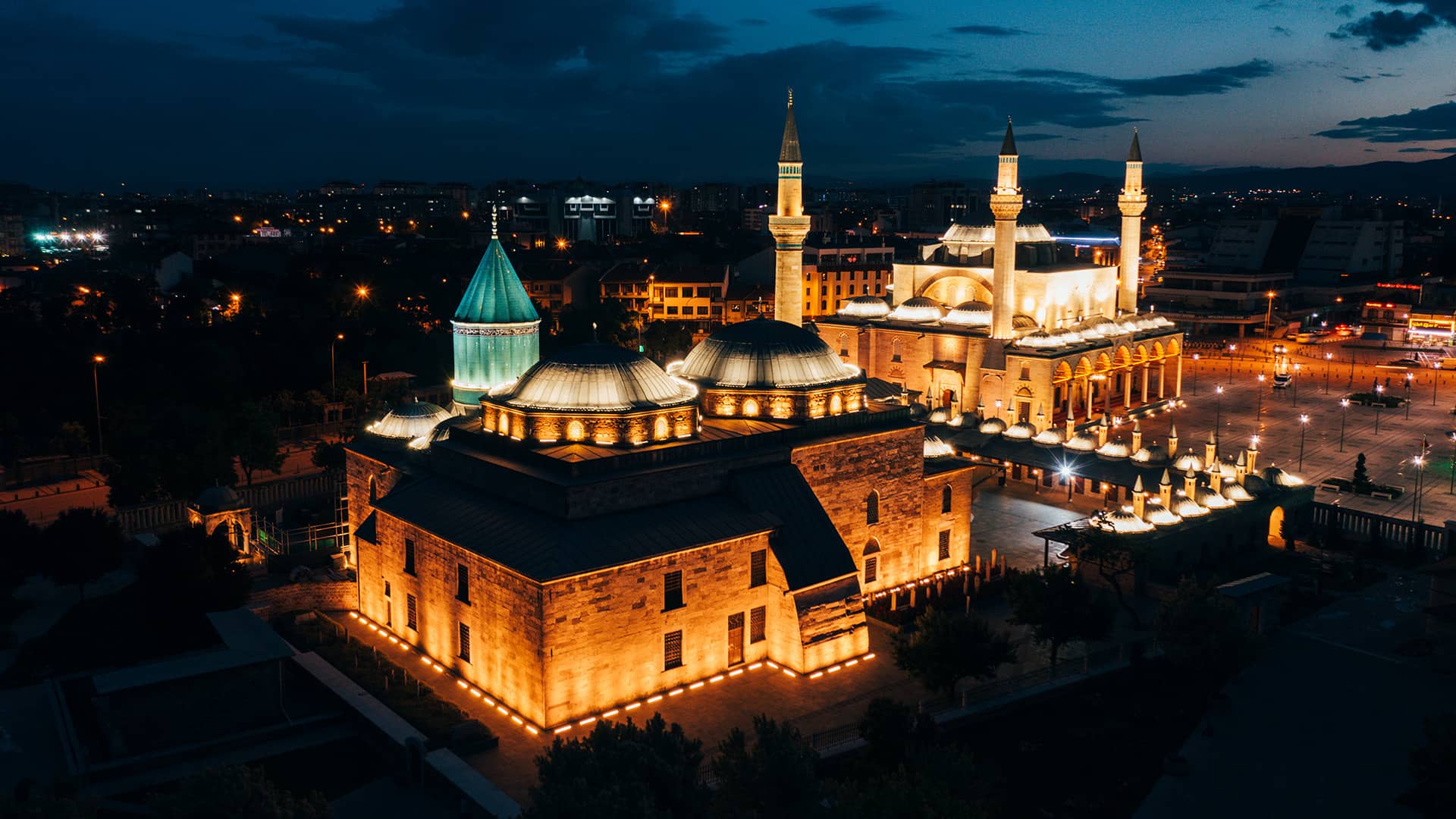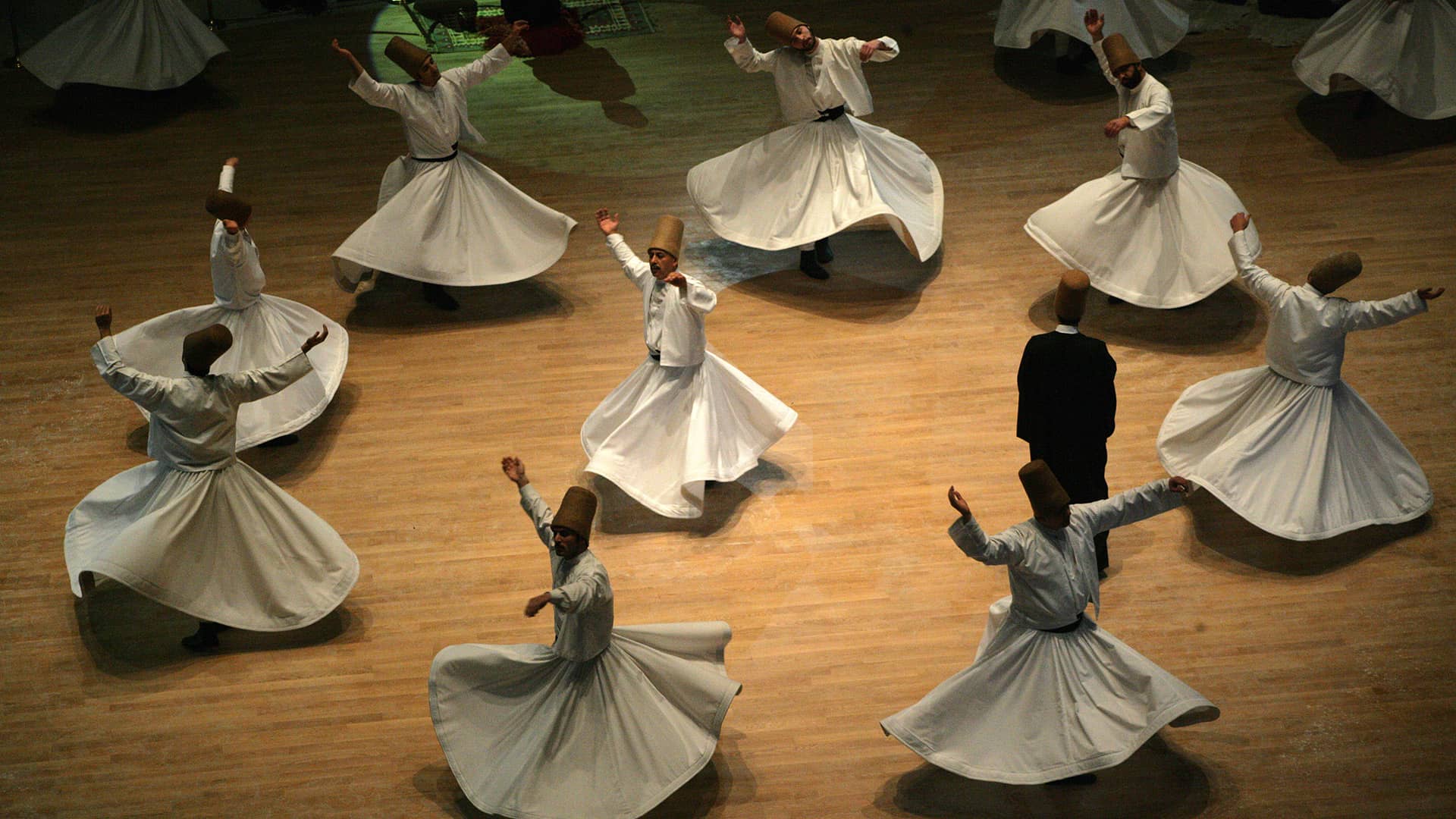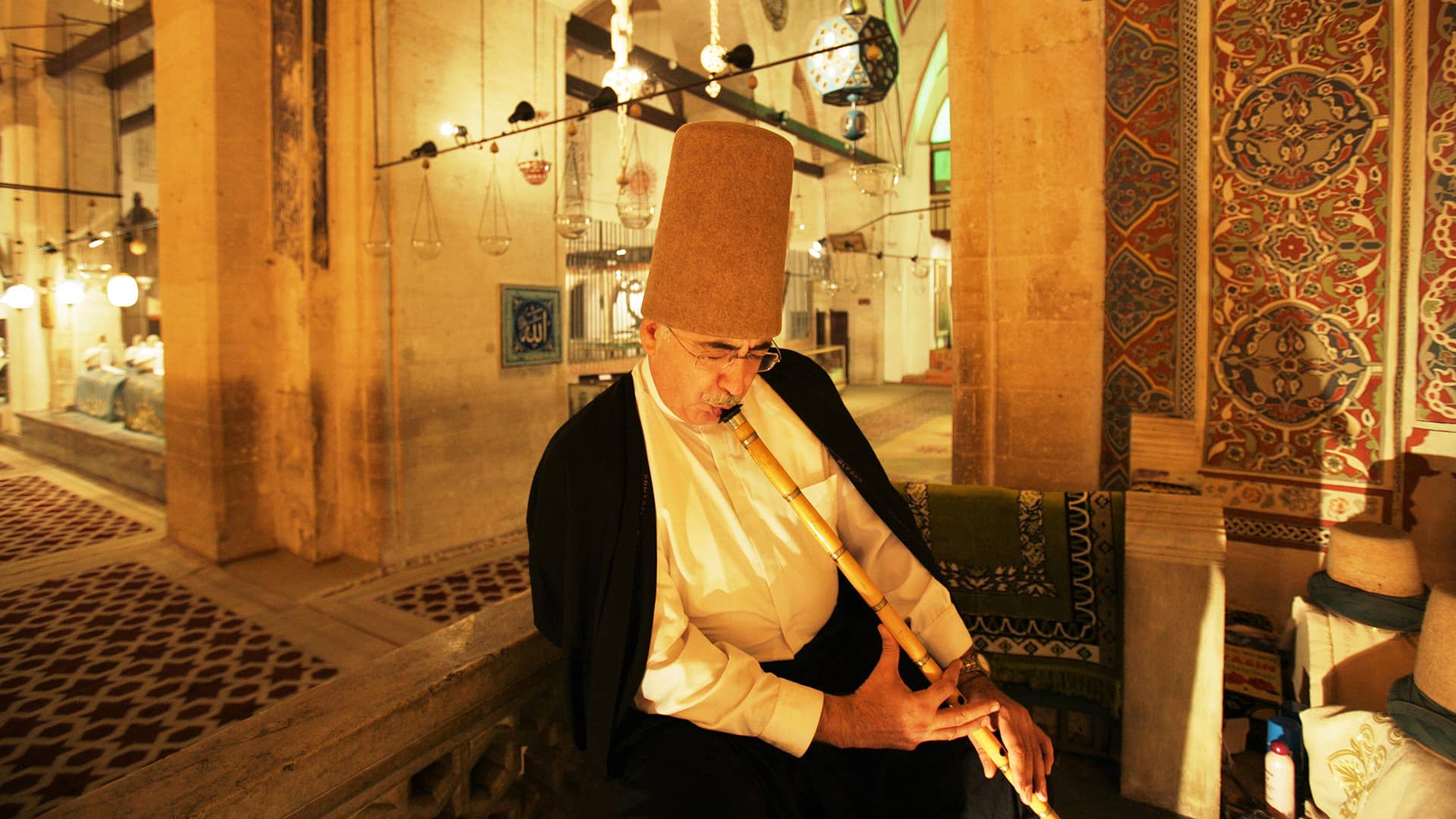

The Sufi Path of Love
“Wherever you are, and whatever you do, be in love.” - Mevlana
Come to Konya, and you come to Türkiye’s soul. In Mevlana’s words:
“Come, come, whoever you are. Wanderer, worshiper, lover of leaving. It doesn’t matter. Ours is not a caravan of despair. Come, even if you have broken your vows a thousand times. Come, yet again, come, come.” - Mevlana
Konya is viewed as the spiritual capital and is a significant centre of Sufism and a musical and artistic hub. With its historical buildings, cultural richness, natural beauty, and Mevlana’s legacy, Konya sometimes feels like an open-air museum.
One of Türkiye’s oldest continually inhabited cities, Konya, was referred to as Iconium during the Roman era. It ranks as one of the major cultural hubs of Türkiye since it served as the Seljuk Turks’ capital from the 12th to the 13th century. The Sufi order known in the West as the ‘Whirling Dervishes’ was created by ‘ Mevlâna’ Celaleddin-i Rumi.
Sufism is practised on various continents. It is the conviction that one can approach God without having to wait for the afterlife. To become closer to God in this life, they might cultivate a state of inner calm, love, and generosity.
“You are not a drop in the ocean. You are the entire ocean in a drop.” - Mevlana
The humanist message of love, devotion, and tolerance of Mevlana, one of the most well-known poets in the world, has left a spiritual legacy that transcends religion, language, and geography. His writings have motivated many readers and served as the foundation for the Mevlevi Order. UNESCO is known to have quoted, “Mevlana is one of the great humanists, philosophers and poets who belong to humanity in its entirety”.
Journey into the fascinating life of Mevlana and explore the enigmatic world of mysticism and the wonder of Sufism and the path of enlightenment that he chose to follow. Learn more about this master storyteller and the traditions he represented by visiting the ancient Dervish lodges, the Mevlâna Complex and the Cultural Center to view mesmerising Whirling Dervish ceremonies and gain a wonderful insight into Mevlana’s well-known poetry.
“Stop acting so small. You are the universe in ecstatic motion.” - Mevlana
Mevlâna Complex and Tomb
The most well-known structure in Konya is the eye-catching, green-tiled tomb of Mevlana. The former dervish seminary affixed to the mausoleum houses copies of Mevlana’s writings and different artefacts connected to the sect’s philosophy.
Originally, the dome’s iconic conical drums were supported by four pillars, and the faience in turquoise covers the conical fluted dome. Construction work never stopped and was constantly expanded upon until the end of the 19th century. The mausoleum was given great attention and was closely protected because some Ottoman sultans belonged to the Mevlevi order.
Its prominent turquoise dome draws attention from a distance and its exterior piques interest in what’s inside.
The marble-paved courtyard is reached by entering the museum through the main gate, the ‘Dervişan Kapısı’. On the right side, you’ll find the dervish kitchen ‘Matbah’ and the Hürrem Pasha mausoleum, constructed during Süleyman the Magnificent’s rule. Built under Murad III’s rule, with Dervişan Kapısı, the row of 17 dervish cells on the left side is topped with a little dome.
The tomb and last resting place of Mevlâna Celaleddin-i Rumi are located within the Museum. The Tilavet Chamber is where holy Quran readings and chanting are performed, and a silver door takes guests to Mevlana’s sarcophagus. The resting place of Mevlana is arguably one of the best locations in the world for poetic contemplation.
The Ottoman silver door at the mausoleum’s entry is inscribed with the proverb:
‘Those who enter here incomplete will come out perfect
The intricately carved and elaborately decorated wooden container brilliantly contrasts with the amber glow from the quaint lamps. Its ethereal appearance is the perfect homage to the Sufi saint, whose stirring poetry and resonant prose continue to this day to convey inspiring teachings of love and peace.
The Whirling Dervishes Transport You to A Journey of Enlightenment
“Would you become a pilgrim on the road of love? The first condition is that you make yourself humble as dust and ashes.” - Mevlana
Every year in the first half of December, a ritual honouring Mevlâna Celaleddin-i Rumi is held, with the white-robed men’s trance-like whirling, or ‘Sema’.
Mevlana was the source of the inspiration for ‘Sema’, which symbolises the spiritual ascent to enlightenment and union with God. The spinning dervishes in white robes and ‘Sikke’ (conical cap) transport you to a spiritual realm where love and truth exist above all else.
The Union of the Two Seas
“What you seek is seeking you.” - Mevlana
One landmark not to miss, walking through Mevlana’s lovely city, is to come across a bronzed monument that looks like an art installation and commemorates the momentous meeting between Mevlana and Tabrizi’s wandering mystic Mohammad Shams al-Din on November 30, 1244.
It is here that Mevlana’s life was altered by the gathering, known as ‘The Union of the Two Seas’.
Tomb of Shams Tabrizi
“Lovers don’t finally meet somewhere. They’re in each other all along.” - Mevlana
Shams and Mevlana shared a spiritual path. Mevlana spent an increasing amount of time with Shams, referring to him as brilliant as the sun.
Located in Şems Park, adjacent to Şerafettin Mosque, his tomb is covered with a pyramidal cone on an octagonal drum, with interior and external ceilings, right next to the mosque. A wooden Bursa arch embellished with penwork opens the tomb, shaped like an iwan.
“Goodbyes are only for those who love with their eyes. Because for those who love with heart and soul, there is no such thing as separation.” – Mevlana
The enigmatic Mevlana continues to inspire generations, charmed by translations of his work, a visit to Konya can bring you one step closer to the brilliant mind and philosophy of this loved poet and spiritual savant of the ages.
Did you know?
You can continue on this spiritual journey by visiting the major Mevlevi lodges (Dergahs) located in different parts of Türkiye.
The Mevlevi Lodge of İstanbul, located in Galata, is the oldest Mevlevi Lodge of İstanbul. It was built in 1491. The lodge was built as a complex and contained rooms and spaces for Sufi chanting, dervish cells, quarters for the master (şeyh), a special prayer (namaz) area for the sultan, a section for female members, a library, a fountain for the public, a clock room, a kitchen, mausoleums, and an enclosed graveyard.
Other Mevlevi Lodges are Gallipoli Mevlevi Lodge in Çanakkale, Tire Mevlevi Lodge in İzmir, Manisa, Afyonkarahisar and Gaziantep Dervish Lodges worth visiting.
Worth a detour:
Off the Beaten Track… A Gastronomic Challenge
On the fringes of Konya’s bazaar, be sure not to miss a culinary treat of the four-foot Etliekmek, certainly a record-breaking challenge to complete by one’s self. Etli ekmek is a light and flaky dough topped with ground beef, cheese (sometimes), and delicate thinly sliced onions, tomatoes, and peppers.

